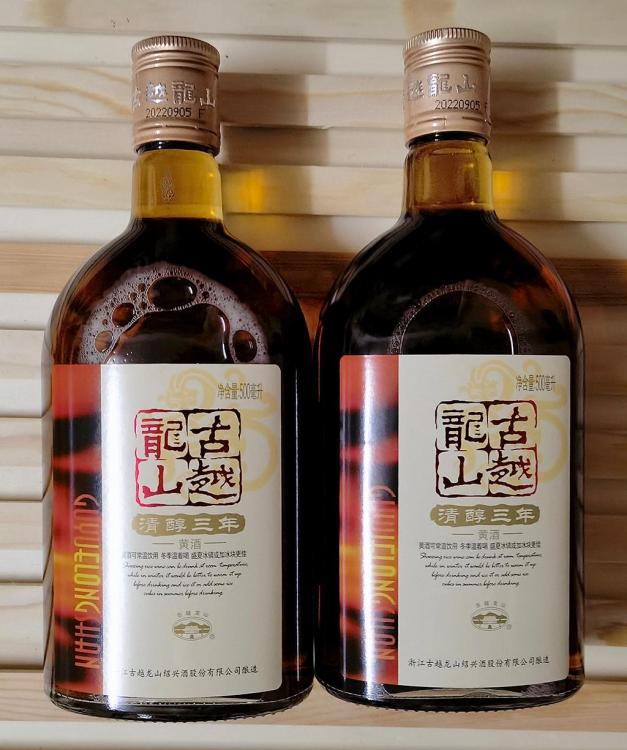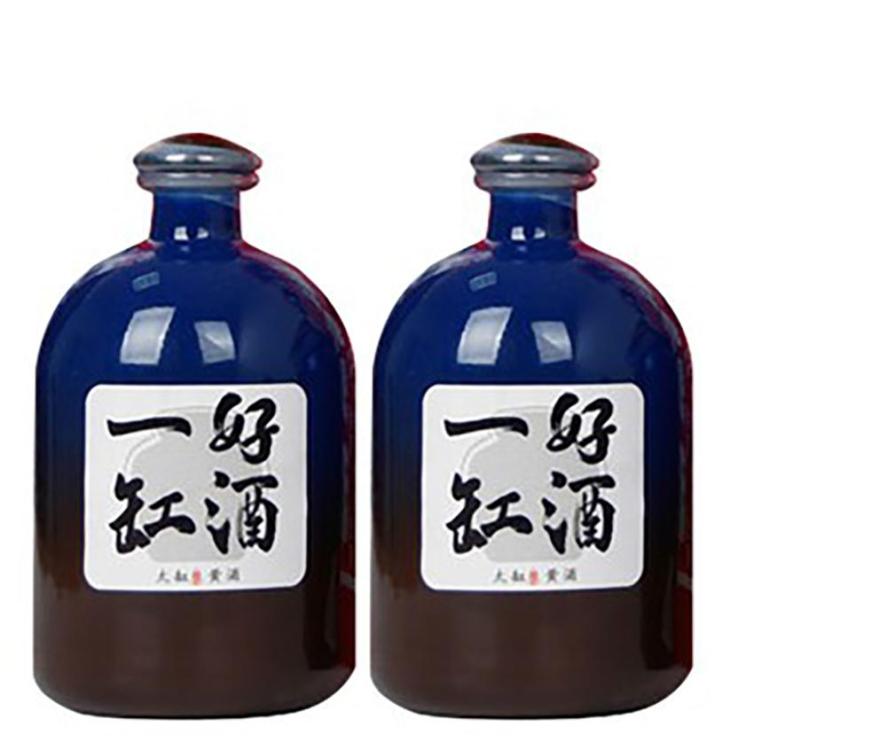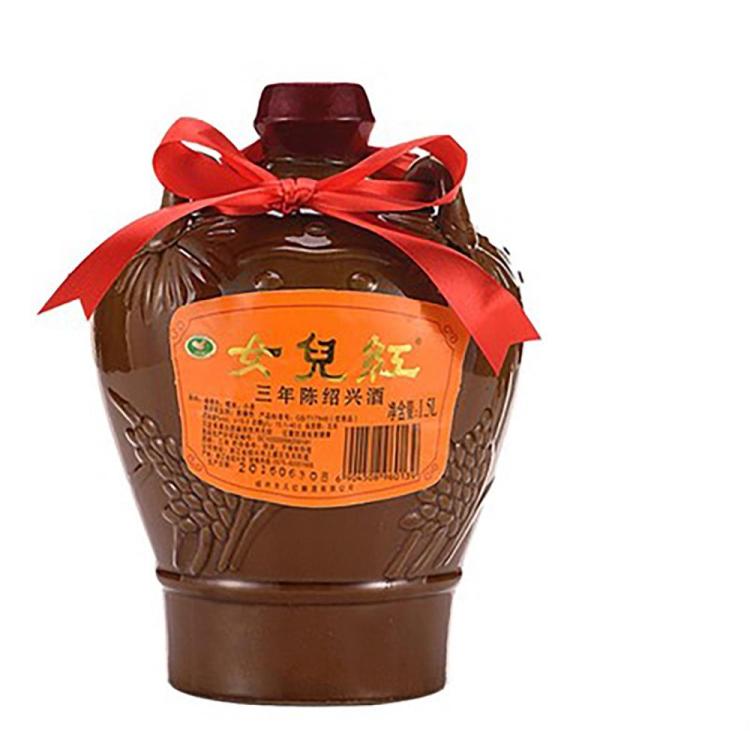There have been Shaoxing topics before, but all seem to be specific to particular regions and problems – Buying Shaoxing in Canada or How to Buy Salt-Free Shaoxing in the USA etc.
I feel there is a place for a more general topic discussing types, brands and uses etc. If the powers that be disagree, no doubt it will be moved or merged or …
Some basics for those who don’t know.
Shaoxing (绍兴(酒) / 紹興(酒) -shào xīng (jiǔ)) (the alternative spelling ShaoHsing is outdated and never used in China), a prized type of 黄酒 (huáng jiǔ, literally ‘yellow wine’ – glutinous rice wine) has been made in, wait for it, Shaoxing, a relatively small city in Zhejiang province, Eastern China, south of Shanghai for over 2,000 years. Ingredients should be simply water, rice, and wheat. Never salt outside North America where salt is added to get round licensing rules. It is used extensively as a 料酒 (liào jiǔ – literally, ‘ingredient wine’ – Cooking Wine) but is also drunk, depending on grade.
3-Year old cooking grade Shaoxing
Most Shaoxing sold in supermarkets is the 3-year old basic stuff intended for cooking. Higher quality wines intended primarily for drinking are labelled 花雕 or 花彫 (huā diāo, meaning flower carved, as this grade is often sold in carved jars). These can be any age between 8 to 20 years and beyond. They are also used in certain dishes where the wine is a key element rather than just another marinade ingredient.
15-year old Huadio drinking grade
Two special wines are labelled 加饭 / 加飯 (jiā fàn, meaning ‘added rice’) for a richer taste and 女儿红 / 女兒紅 (literally ‘daughter red’), so-called after the practice of laying a bottle down on the birth of a daughter then opening it at her wedding feast. Red is China’s luckiest colour and a symbol of marriage.
Daughter Red - 3- Years Old.
Note: Where I give two versions of the Chinese names, the first is in Simplified characters as used in mainland China (including Shaoxing) and the second in Traditional characters as still used in Hong Kong and Taiwan, as well as much of the Chinese diaspora. Either may appear on bottles or jars. If I only give one version, that means they are the same everywhere.




